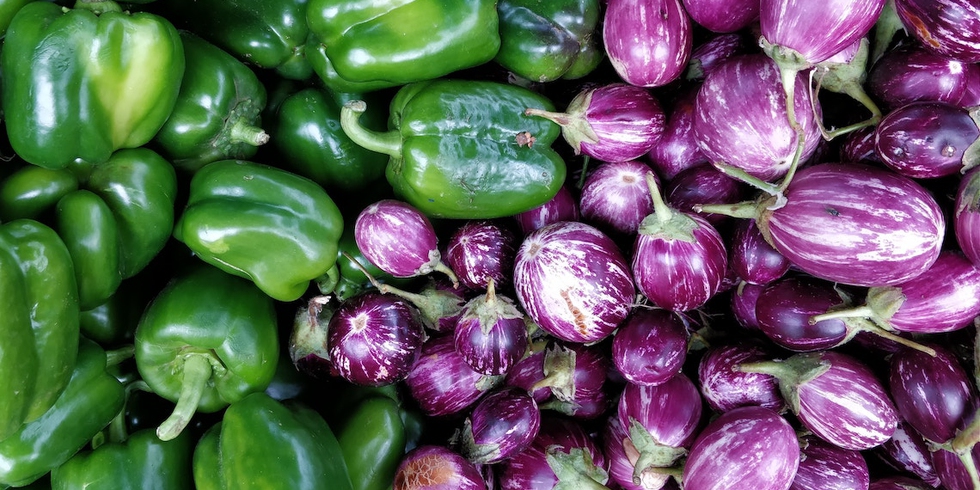
The myth of the vegetarian nation
India has long been touted as the vegetarian capital of the world. According to government surveys, 23 to 37 per cent of Indians are estimated to be vegetarian, though this number may actually be lower (20 per cent) based on new research by US-based anthropologist Balmurli Natrajan and India-based economist Suraj Jacob. While one can debate which of these percentages is most accurate, what is certain is that both vegetarians and non-vegetarians in India have traditionally been heavy consumers of dairy products. What is also certain is that dairy and cows are widely considered inherent to the cultural fabric of India, just like the principles of ahimsa or nonviolence.
Incidentally, Mahatma Gandhi, who led India in becoming independent from colonial rule and is widely considered to be one of the foundational proponents of ahimsa, shied away from dairy consumption after being disgusted at learning about phooka, or “cow-blowing”, a traditional dairying practice where air is forcibly blown into the cow’s vagina to stimulate milk production. Gandhi vowed not to consume the products of such perverse violence, he wrote in his autobiography. Unfortunately, cow-blowing isn’t the worst of the practices used in India. For example, to keep mothers lactating, a khalbaccha — a makeshift calf — is placed next to them by using dead calves with their head stuffed with hay to create a dummy and fool cows into producing milk. The smell of the dead bodies is camouflaged with hay and balm; hence, the cows continue to get milked, while the calves’ remains are sold.

After Gandhi vowed never to drink cow milk due to certain inherent cruel practices, he was forced to consume goat’s milk for his health. But Gandhi knew he had compromised on his ideals of nonviolence: “The memory of this action even now rankles in my breast and fills me with remorse, and I am constantly thinking how to give up goat’s milk,” he wrote in his autobiography.
Keeping this context in mind, two different movements are taking root in India at the moment. On the one hand, as the economy grows and people’s disposable incomes increase, there’s more consumption of meat and dairy products. On the other, as people are exposed to social media and as the world becomes smaller due to globalisation, veganism is increasingly being embraced.
When it comes to spreading awareness and bringing about change, social media plays an undeniable role. The surge in videos showing cruelty inflicted on animals in the dairy and meat industries is one of the reasons behind the quick uptake of the vegan cause, as the continuous growth of pages like Arvind Animal Activist and Vegan Outreach India goes to show. For example, Arvind Animal Activist’s video debunking the argument that “plants feel pain” garnered almost four million views on Facebook alone since it was posted two months ago.
The increase in the number and engagement capability of vegan influencers among the internet-savvy young generation has proven to be pivotal in the rise of veganism in India. Instagram as a platform has helped make a vegan diet look more aesthetically pleasing, busting the stereotype of it just consisting of “twigs and grass”. Such platforms have helped people see it for what it really is: a compassion-driven attempt to live an ethical, sustainable and healthy lifestyle without contributing to animal suffering.
There’s also a massive increase in young people talking more about issues like animal rights and sustainability and this has led to restaurants and supermarkets catering to this demand, offering more vegan options. While a typical Indian diet is predominantly vegan-friendly, there’s always the odd ghee, cream or yoghurt that ends up in dishes without being explicitly stated in the ingredients list or menu. While currently non-vegetarian (including egg) products are labelled with a red dot and vegetarian products labelled with a green dot (as seen in the image below), there has been a greater demand to label vegetarian products with a brown dot and vegan products with the green dot symbol to distinguish them further by indicating that they don’t contain any animal ingredients or cruelty.
 In India, vegetarian food is identified by a green symbol while non-vegetarian food with a red dot
In India, vegetarian food is identified by a green symbol while non-vegetarian food with a red dotThere has been an exponential increase in fully vegan restaurants in cities like Mumbai, Pune, Hyderabad, Bangalore and Goa, and other establishments are increasingly labelling their food items “vegan” and “veganisable”, which means they can be altered to make them vegan. Supermarkets have vegan aisles and vegan e-commerce stores are blooming, making vegan products accessible even in small cities and towns.
 Vegan aisle at a supermarket in Mumbai © Joslyn Chittilapally
Vegan aisle at a supermarket in Mumbai © Joslyn Chittilapally
Veganism, the environment and health
Increasing awareness about the impact of animal agriculture on the environment has helped push the switch towards veganism. For example, livestock contributed 63.4 per cent of total greenhouse gas emissions from agriculture in India and the country’s methane emissions from livestock are the highest in the world. From Greta Thunberg talking about going vegan to information on how the meat and dairy industries are wreaking havoc in a country already facing water scarcity, hunger, pollution and climate change, people in India are slowly realising the impact individual food choices have on the planet.




